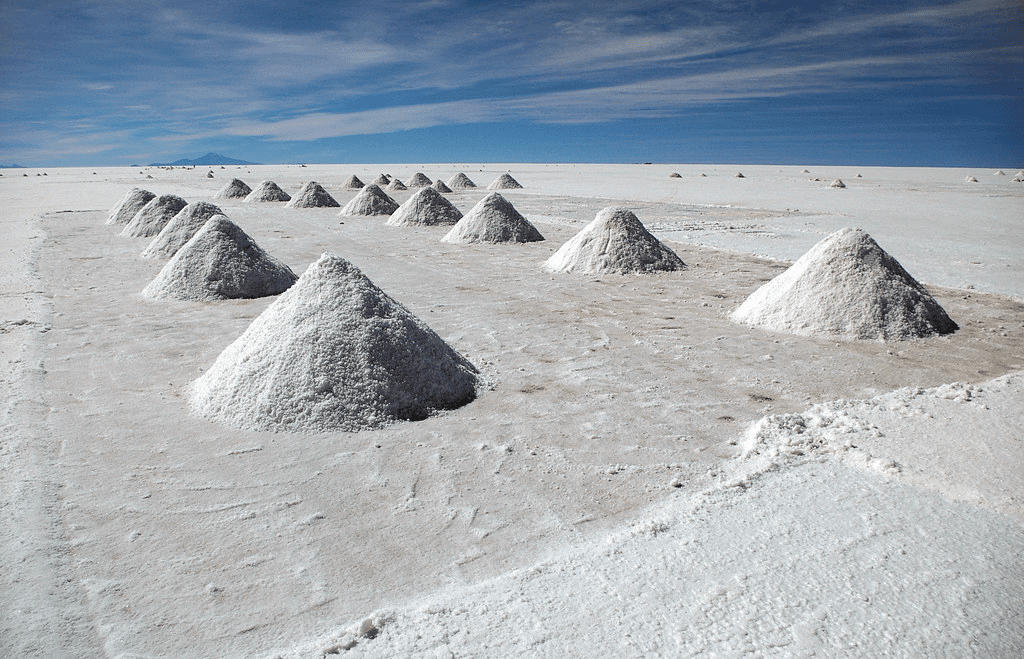Bolivia’s Salar de Uyuni: Exploring the World’s Largest Salt Flat
Bolivia is a country steeped in rich culture and breathtaking landscapes. One of its most extraordinary natural wonders is the Salar de Uyuni, the world’s largest salt flat. This vast expanse of white salt crust is not just a sight to behold, but also a unique adventure waiting for travelers. From incredible reflections during the rainy season to the stunning biodiversity surrounding the salt flats, there is much to discover in this remarkable region.
Exploring the Mysteries of the Salar de Uyuni
Stepping onto the Salar de Uyuni is like entering another world. The flat stretches over 10,000 square kilometers, creating an expansive canvas that changes with the seasons. Each step you take reveals a landscape filled with wonders that beckon exploration.
The Enigmatic Reflections
During the rainy season, which typically runs from December to April, the salt flats become a mesmerizing mirror. A thin layer of water covers the crust, reflecting the sky in a surreal display. This phenomenon creates an illusion that blurs the line between earth and sky, making it challenging to discern where one ends and the other begins. It is during this time that many visitors capture stunning photographs that showcase the beauty of the salt flats, drawing attention from those who appreciate nature’s artistry.
The Ojos del Salar
Another fascinating aspect of the Salar de Uyuni is the presence of the Ojos del Salar, or “Eyes of the Salt Flat.” These cone-shaped salt mounds rise from the flat surface and are a result of volcanic activity. Their unusual shapes and textures add an extra layer of intrigue, drawing visitors closer with each step. Observing these formations invites curiosity and wonder about the geological processes that shaped this unique landscape.
Navigating Nature’s Canvas
Beyond the mysteries, the beauty of the Salar de Uyuni is also defined by its vibrant surroundings. The striking contrast of colors found in the mineral-rich lagoons, alongside the majestic peaks of the Andes, creates a stunning backdrop for exploration.
Incahuasi Island: A Must-Visit Destination
Among the highlights of the Salar de Uyuni is Incahuasi Island, also known as Isla del Pescado. This rocky outcrop is home to giant cacti and offers panoramic views that are nothing short of breathtaking. As you wander among the towering cacti, you’ll feel as though you have stumbled upon an oasis in an endless sea of salt. The island’s unique ecosystem is a reminder of the resilience of nature, thriving in an otherwise harsh environment.
Surrounding Natural Wonders
Traveling beyond the salt flats reveals even more of Bolivia’s natural beauty. The Eduardo Avaroa Andean Fauna National Reserve is nearby and features geysers, hot springs, and lagoons that teem with life. Flamingos, with their striking pink feathers, can often be seen wading through the colorful waters, adding to the area’s enchanting atmosphere. This biodiverse reserve is a testament to the varied landscapes that can be found in Bolivia, making it an essential addition to any travel itinerary.
Experiencing the Culture of Bolivia
While the natural wonders of the Salar de Uyuni are awe-inspiring, the cultural heritage of Bolivia adds depth to the experience. The indigenous communities that inhabit the region offer insights into their traditions and lifestyles, enriching your journey.
Connecting with Local Communities
Engaging with local communities provides travelers with a deeper understanding of Bolivia’s rich history. Many tours include visits to villages where you can learn about traditional crafts, music, and culinary practices. This connection to local culture enhances your appreciation for the landscapes you explore, as you gain insight into the people who have thrived in these environments for generations.
Sampling Bolivian Cuisine
No trip to Bolivia would be complete without indulging in its diverse cuisine. Dishes such as salteñas, empanadas, and llama steak offer a taste of the country’s culinary delights. Savoring these flavors while surrounded by the stunning landscapes of the salt flats creates a memorable dining experience that reflects the essence of Bolivian culture.
Planning Your Visit to the Salt Flats
To make the most of your trip to the Salar de Uyuni, proper planning is essential. Here are some tips to help you prepare for your adventure:
Best Time to Visit
The best time to visit the salt flats largely depends on what you wish to experience. The rainy season from December to April offers the chance to see the incredible mirror effect, while the dry season from May to November showcases the stark beauty of the salt crust. Each season presents unique opportunities for photography and exploration.
Getting There
The town of Uyuni serves as the gateway to the salt flats. It is accessible by bus or train from major cities like La Paz or Potosí. Once in Uyuni, various tour operators offer packages that include transportation, accommodation, and guided excursions to the salt flats and surrounding attractions.
What to Bring
When visiting the salt flats, prepare for varying temperatures. During the day, it can be quite warm, while nights can be chilly. Bring layers of clothing, sturdy shoes for walking, sunscreen, and plenty of water to stay hydrated. A good camera is also essential to capture the breathtaking landscapes and moments during your journey.
In conclusion, the Salar de Uyuni is a treasure trove of natural wonders and cultural experiences. Whether you are capturing the perfect reflection in the salt flats or connecting with local traditions, Bolivia’s enchanting landscapes promise a journey filled with awe and inspiration. Embrace the adventure, explore the mysteries, and discover the beauty that awaits in this South American gem.

